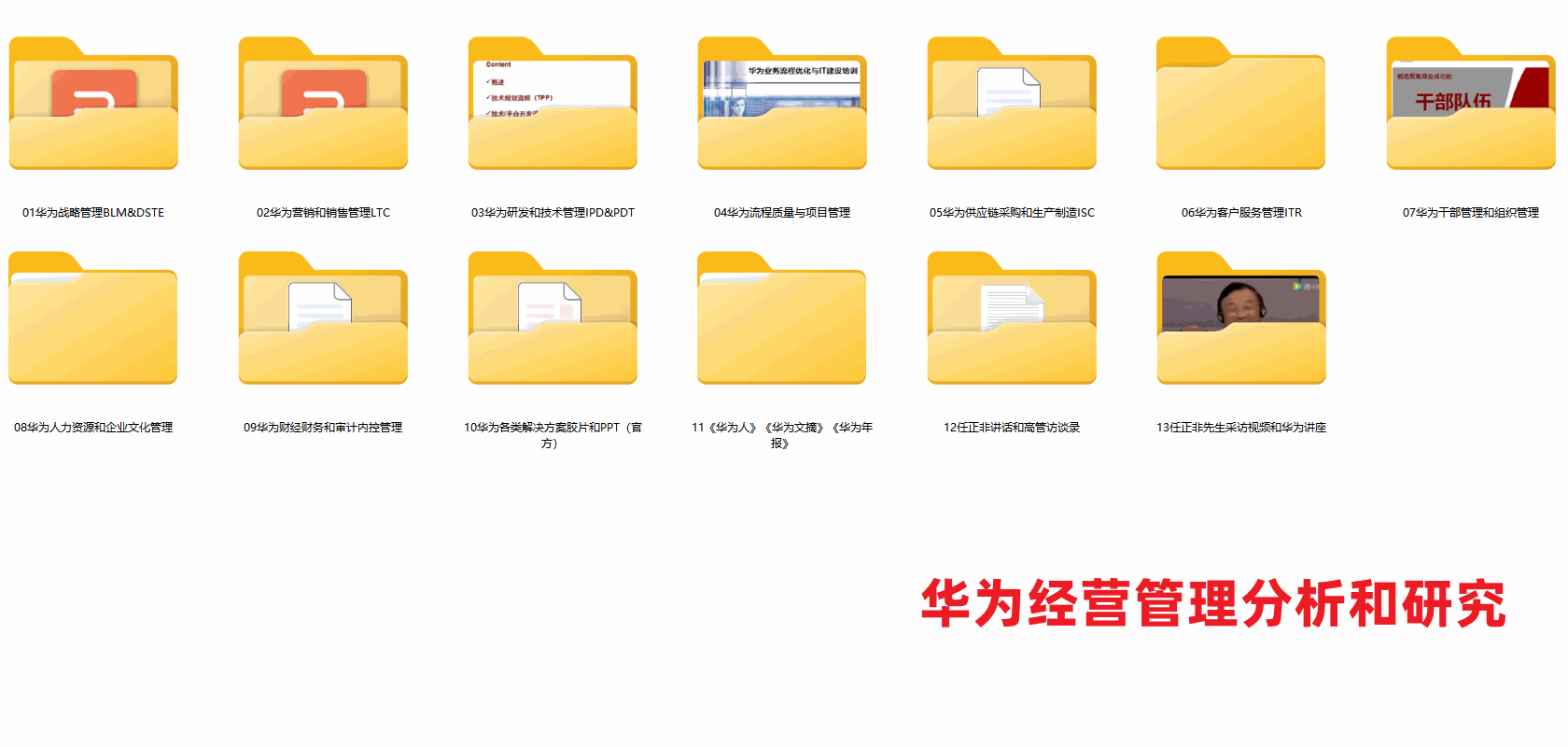之前有讲过一次yolov5的剪枝:yolov5实战之模型剪枝_yolov5模型剪枝-CSDN博客
当时基于的是比较老的yolov5版本,剪枝对整个训练代码的改动也比较多。最近发现一个比较好用的剪枝库,可以在不怎么改动原有训练代码的情况下,实现剪枝的操作,这篇文章就简单介绍一下,剪枝的概念以及为什么要剪枝可以参看上一篇,这里就不赘述了。
Torch-Pruning
VainF/Torch-Pruning: [CVPR 2023] Towards Any Structural Pruning; LLMs / Diffusion / Transformers / YOLOv8 / CNNs (github.com)
今天我们要用到的就是这个剪枝库,这个库集成了很多剪枝的方法,毕竟使用比较简单。
用法
这个剪枝库既有low level的剪枝,也就是手动控制剪枝哪些层,也有high level的剪枝,就是使用预设的剪枝算法,自动选择剪枝的部分。对于我们来说,更适合使用high level剪枝。具体的这里使用和上一篇yolov5里面的剪枝一样的算法,在这个库里叫BNScalePruner。
安装
首先我们需要安装上面提到的库,有两种方式来安装:
pip install torch-pruning
或源码安装(当碰到bug发布版本没修复,源码修复的时候):
pip install git+https://github.com/VainF/Torch-Pruning.git
稀疏化训练
为了更好的剪枝,我们在训练剪枝前的网络时,推荐开启稀疏化训练,利用这个库,我们可以很方便的实现这个操作。
首先在我们的训练代码中定义好剪枝器, 这里的opt.prune是我自己加的来控制是否开启稀疏化训练的标志:
# prune
if opt.prune:
examle_input = torch.randn(1, 3, imgsz, imgsz).to(device)
imp = tp.importance.BNScaleImportance()
pruner = tp.pruner.BNScalePruner(model, examle_input, imp,
reg=0.0001)
稀疏化训练主要需要设置reg参数,一般设置0.001~1e-6之间。
定义好剪枝器后,在训练代码的scaler.scale(loss).backward()之后,添加如下代码:
if opt.prune:
pruner.regularize(model)
即可实现稀疏化训练。
剪枝
稀疏化训练后(也可以不做稀疏化训练),我们就可以进行剪枝操作了。这个库可以在训练中交互式进行多次剪枝,简单起见,我们这里分离剪枝和训练的代码,只进行剪枝操作。
import torch_pruning as tp
from models.experimental import attempt_load
import torch
weights = "yolov7.pt"
model = attempt_load(weights, map_location=torch.device('cuda:0'), fuse=False)
for p in model.parameters():
p.requires_grad = True
ignored_layers = []
from models.yolo import Detect, IDetect
from models.common import ImplicitA, ImplicitM
for m in model.modules():
if isinstance(m, (Detect,IDetect)):
ignored_layers.append(m.m)
unwrapped_parameters = []
for name, m in model.named_parameters():
if isinstance(m, (ImplicitA,ImplicitM,)):
unwrapped_parameters.append((name,1)) # pruning 1st dimension of implicit matrix
print(ignored_layers)
example_inputs = torch.rand(1, 3, 416, 416, device='cuda:0')
imp = tp.importance.BNScaleImportance()
pruner = tp.pruner.BNScalePruner(model, example_inputs, imp,
ignored_layers=ignored_layers,
unwrapped_parameters=unwrapped_parameters,
global_pruning=True,
ch_sparsity=0.3,
round_to=8,
)
base_macs, base_nparams = tp.utils.count_ops_and_params(model, example_inputs)
pruner.step()
pruned_model = pruner.model
pruned_macs, pruned_nparams = tp.utils.count_ops_and_params(pruned_model, example_inputs)
print(f"macs: {base_macs} -> {pruned_macs}")
print(f"nparams: {base_nparams} -> {pruned_nparams}")
macs_cutoff_ratio = (base_macs - pruned_macs) / base_macs
nparams_cutoff_ratio = (base_nparams - pruned_nparams) / base_nparams
print(f"macs cutoff ratio: {macs_cutoff_ratio}")
print(f"nparams cutoff ratio: {nparams_cutoff_ratio}")
save_path = weights.replace(".pt", "_pruned_bn_0.3.pt")
torch.save({"model": pruned_model.module if hasattr(pruned_model, 'module') else pruned_model}, save_path)
去掉一些计算剪枝比例的,保存代码等代码外,剪枝操作其实由pruner.step()这一步完成。这里我们主要需要设置的参数是:
- ch_sparsity: 可以理解成剪枝的比例,越大剪得越多
- global_pruning: True表示整个模型的权重按一个整体排序后剪枝,False表示按分组内部按比例剪枝
- round_to: 剪枝后的通道保留为多少的倍数,一般在硬件上,保留8的倍数
微调
经过剪枝的网络,精度是下降比较明显的,需要再在数据上finetune一些epoch才能把精度拉回来。
yolov7默认是通过yaml文件创建模型结构,然后再载入权重进行训练的,而我们剪枝后的模型是没有模型结构文件的,因此需要对训练代码做一定的修改,具体而言,只是对模型的载入进行一点修改。其中opt.finetune是用来控制是否处于finetune模式的标志位。
if opt.finetune: # for model without cfg
new = torch.load(weights, map_location=device) # create
model = new["model"]
print("Finetune Mode...")
elif pretrained:
...
比较简单的改法是这样,从checkpoint中载入结构和权重,还有一种方式则是修改yolov7的Model类,这个在后面讲yolov7剪枝后蒸馏的时候再讲,暂时用上面这种方式就可以了。
评测
我在自己的任务上的效果是yolov7剪枝50%,微调后基本上能达到剪枝前的map,没记错的话这是和稀疏化训练的比,毕竟开启稀疏化训练本身也会掉点。大家可以在自己的任务上尝试一下,总体上精度还是可以的




